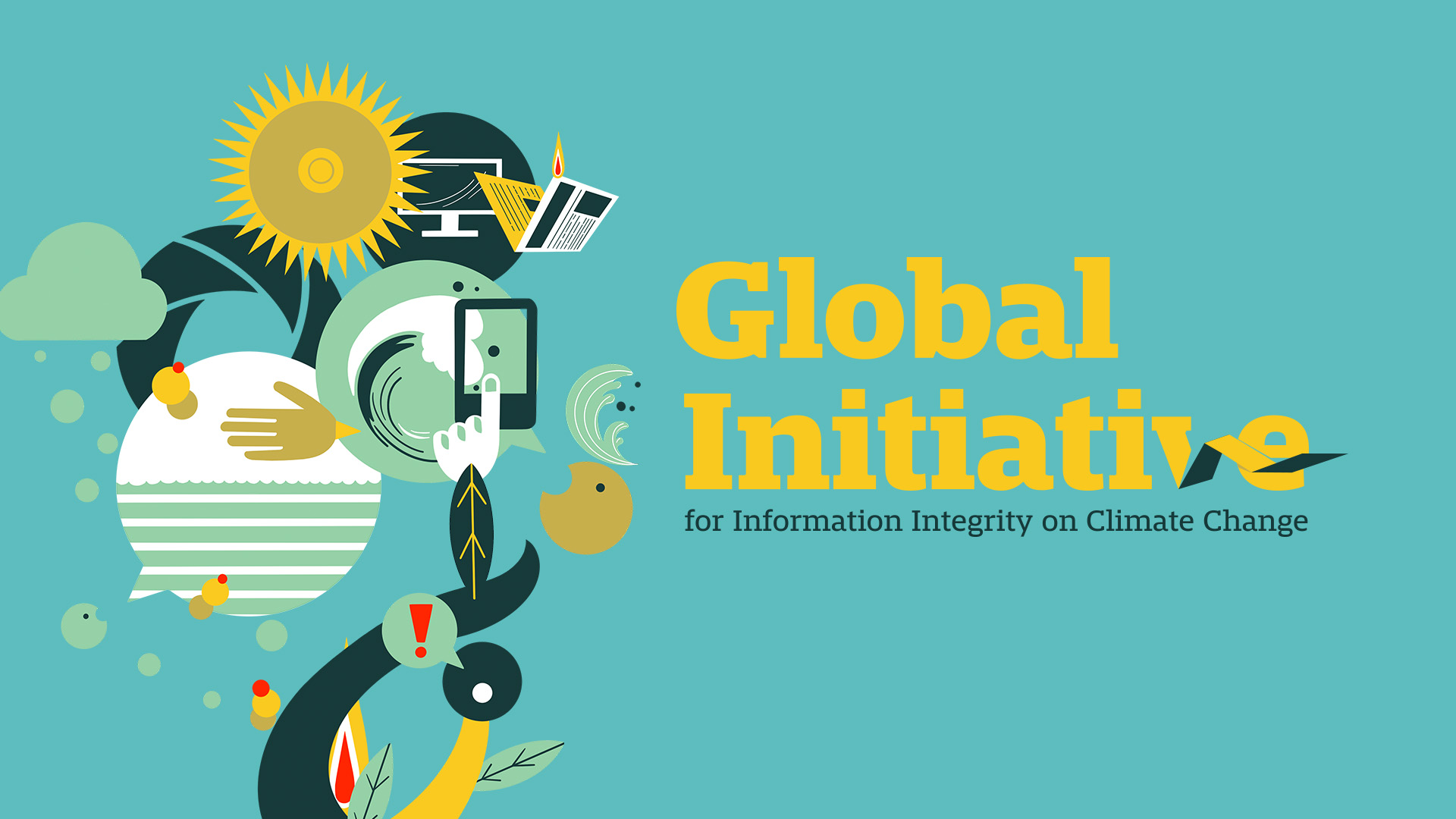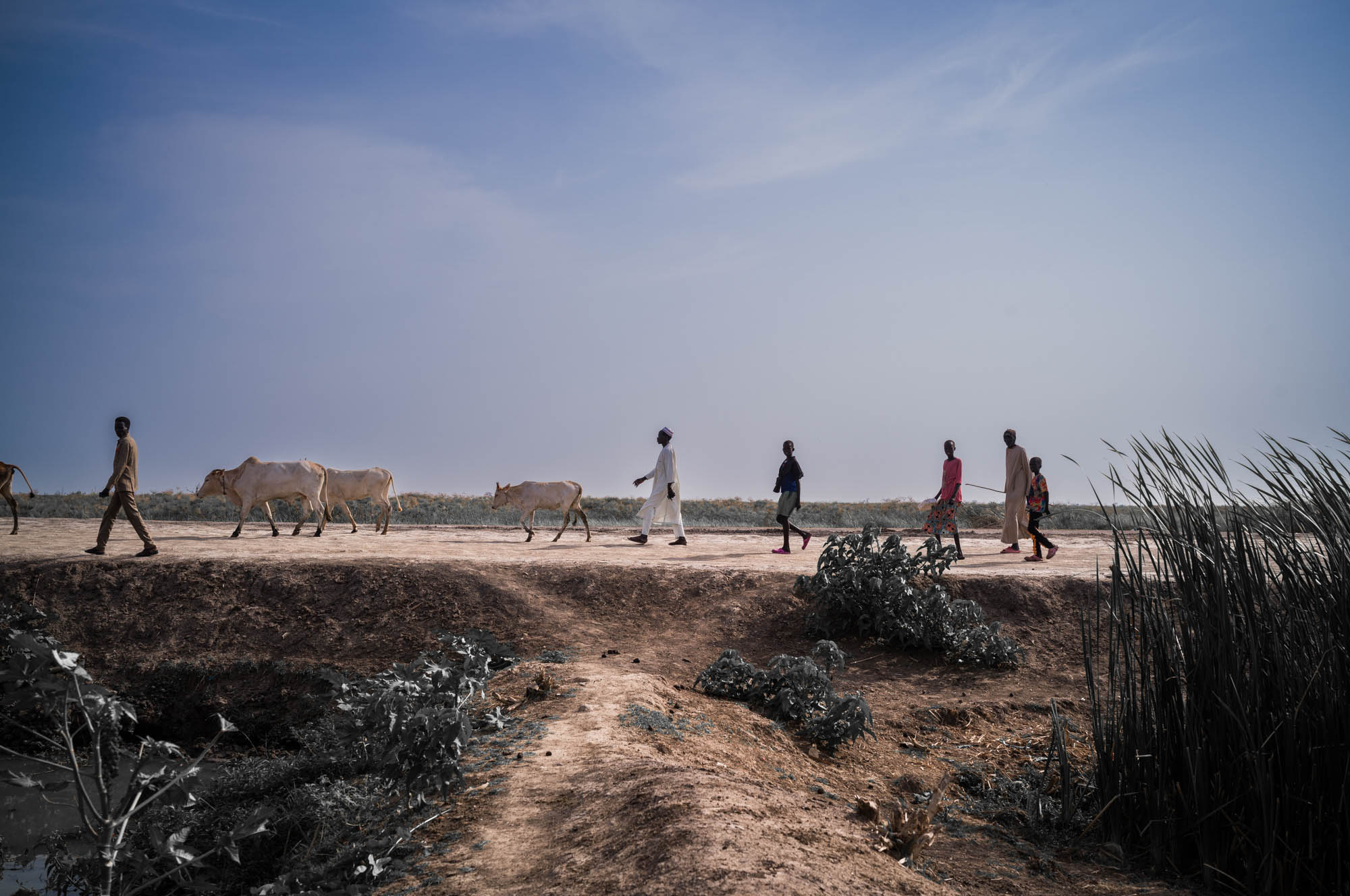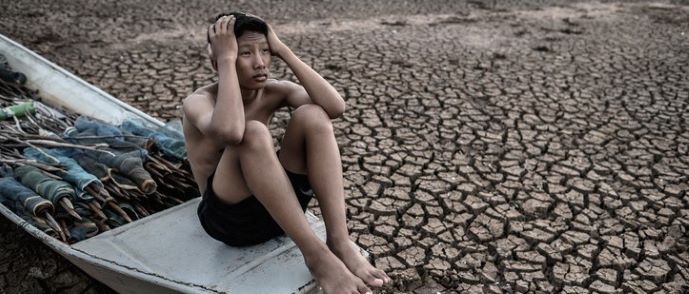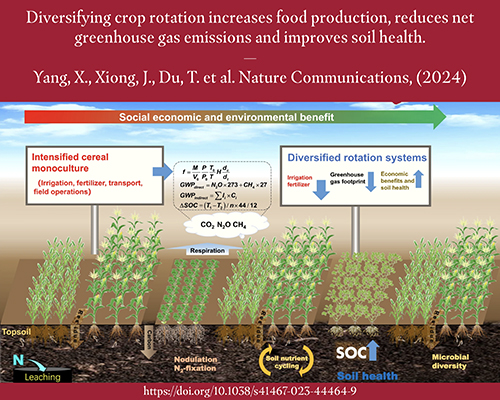International Court of Justice Advisory Opinion on State Climate Obligations
Introduction and Context
The International Court of Justice (ICJ) has issued a unanimous advisory opinion establishing the legal obligations of states concerning climate change. This landmark ruling frames climate change as an “urgent and existential threat,” providing a legal foundation for advancing Sustainable Development Goal 13 (Climate Action). The case, brought forward by Vanuatu and other Pacific Island nations following a youth-led campaign, underscores the critical role of SDG 16 (Peace, Justice and Strong Institutions) in addressing global environmental challenges and promoting climate justice for the most vulnerable populations, in line with SDG 10 (Reduced Inequalities).
Core Legal Obligations and Alignment with Sustainable Development Goals
The court’s opinion delineates several core legal duties for all states, which are intrinsically linked to the 2030 Agenda for Sustainable Development.
- Climate Action and Environmental Protection (SDG 13, SDG 14, SDG 15): States possess a fundamental legal duty to protect the climate system and the environment from harm for the benefit of present and future generations. This includes taking necessary measures to prevent, reduce, and control emissions.
- Global Partnerships and Equity (SDG 17, SDG 10): The ruling mandates international cooperation to address climate change. It explicitly obligates wealthier, developed nations to provide assistance to developing countries to help them mitigate and adapt to climate impacts, reinforcing the principle of common but differentiated responsibilities.
- Justice, Human Rights, and Well-being (SDG 16, SDG 3): The ICJ declared that a clean, healthy, and sustainable environment is a human right. This finding obligates states to shape climate policy in a manner that protects human rights and promotes well-being.
- Accountability and Sustainable Consumption (SDG 7, SDG 12): States are required to regulate the activities of private actors, including fossil fuel corporations, to align their operations with national and international climate obligations. This supports the transition toward Affordable and Clean Energy (SDG 7).
Key Questions Addressed by the Court
In its deliberations, the court provided legal clarification on two central questions:
- What are the obligations of states under international law to ensure the protection of the climate system from anthropogenic greenhouse gas emissions for present and future generations?
- What are the legal consequences under these obligations for states that, by their acts and omissions, have caused significant harm to the climate system and other states?
Specific Determinations and Implications for SDGs
The advisory opinion contains several specific findings that directly support the achievement of various Sustainable Development Goals.
- Protection of Vulnerable Nations (SDG 10, SDG 11, SDG 14): The court affirmed that the potential disappearance of territory due to rising sea levels does not undermine the statehood of small island developing states, providing legal protection for nations facing existential threats.
- Reparations and Climate Justice (SDG 10): The opinion strengthens the legal basis for loss and damage, acknowledging that states which have endured the worst impacts of climate change have a right to reparations. This directly addresses the need to reduce inequalities between nations.
- Preventive Principles (SDG 13): The ruling establishes the importance of preventive and precautionary principles in guiding state action on climate mitigation, urging proactive measures to avert environmental harm.
- Transition from Fossil Fuels (SDG 7): By mandating the regulation of private actors and emphasizing the need to control emissions, the opinion implicitly supports a global phase-out of fossil fuels in favor of sustainable energy sources.
Legal Significance and Future Outlook
Although the ICJ’s advisory opinion is not legally binding, it establishes an authoritative legal framework that is expected to significantly influence future climate litigation and policy worldwide. It reinforces the legal arguments for holding states and corporate actors accountable, thereby strengthening the mechanisms for achieving SDG 16. This ruling, in conjunction with recent opinions from the International Tribunal for the Law of the Sea and the Inter-American Court of Human Rights, creates a powerful and coherent legal consensus. As noted by the Court’s President, a lasting solution requires a multi-disciplinary approach and the collective “human will and wisdom” to secure a sustainable future, embodying the core spirit of the Sustainable Development Goals.
SDGs Addressed in the Article
SDG 13: Climate Action
- The article’s central theme is the legal obligation of countries to address climate change, which is the core focus of SDG 13. The text explicitly mentions the “urgent and existential threat” of climate change and the duty to protect against “rising global temperatures.”
SDG 16: Peace, Justice and Strong Institutions
- The article revolves around a legal ruling by the International Court of Justice (ICJ), a key international institution. It discusses the establishment of a “legal blueprint,” “legal repercussions,” “accountability,” and the role of human rights law, all of which are central to SDG 16’s goal of promoting justice and strong institutions. The article notes the ruling “declared that a clean, healthy and sustainable environment is a human right.”
SDG 17: Partnerships for the Goals
- The article highlights the need for international cooperation, stating, “All nations must cooperate together to solve this challenge.” It also points to the specific obligation of “wealthier countries… to help developing countries adapt,” which is a key aspect of global partnerships for sustainable development. The case itself was a partnership, brought forward by “Vanuatu and other Pacific Island nations” and supported by a “youth-led movement.”
SDG 7: Affordable and Clean Energy
- The article mentions that the court’s reasoning addressed “the obligation to phase out fossil fuels.” This directly connects to SDG 7’s aim to transition towards sustainable energy systems and away from non-renewable sources.
SDG 14: Life Below Water
- The article discusses the specific threat to “small island states facing rising sea levels.” This directly relates to the impacts of climate change on oceans and coastal communities, a primary concern of SDG 14.
Specific SDG Targets Identified
SDG 13: Climate Action
- Target 13.1: Strengthen resilience and adaptive capacity to climate-related hazards and natural disasters in all countries.
- This is identified through the discussion of protecting “small island states facing rising sea levels” and the need for developing countries to adapt to climate impacts. The article also mentions that “loss and damage already endured must be recognized and repaired.”
- Target 13.2: Integrate climate change measures into national policies, strategies and planning.
- The article’s focus on the “legal obligations for countries to address climate change under international law” and how “human rights obligations should shape climate policy-making” directly supports this target. The reference to the Paris Agreement and the potential illegality of withdrawing from it underscores the importance of integrating international commitments into national policy.
SDG 16: Peace, Justice and Strong Institutions
- Target 16.3: Promote the rule of law at the national and international levels and ensure equal access to justice for all.
- The entire article is about this target, detailing how the ICJ’s advisory opinion provides a “legal framework that is expected to bolster climate litigation around the world” and hold states accountable.
- Target 16.6: Develop effective, accountable and transparent institutions at all levels.
- This is reflected in the call to hold “big polluters” to account and the court’s finding that “states have an obligation to regulate private actors,” which could include oil and gas companies, thereby promoting accountability.
SDG 17: Partnerships for the Goals
- Target 17.6: Enhance North-South, South-South and triangular regional and international cooperation on and access to science, technology and innovation.
- The article explicitly states that “All nations must cooperate together to solve this challenge” and that a solution “requires the contribution of all fields of human knowledge, whether law, science, economics or any other.”
- Target 17.a (Finance): Implement the commitment undertaken by developed-country parties to the UNFCCC to a goal of mobilizing jointly $100 billion annually… to address the needs of developing countries.
- This target is implied by the court’s opinion that “wealthier countries [are] obligated to help developing countries adapt” and the discussion on “reparations for developing countries bearing the worst impacts of climate change.”
Implied Indicators for Measuring Progress
SDG 13: Climate Action
- Indicator for Target 13.1: The amount of financial aid or reparations provided to developing countries for “loss and damage already endured” due to climate change.
- Indicator for Target 13.2: The number of countries that have integrated the ICJ’s legal opinion on climate obligations into their national policies and legal frameworks.
SDG 16: Peace, Justice and Strong Institutions
- Indicator for Target 16.3: The number of domestic and international climate litigation cases that cite the ICJ’s advisory opinion as a legal basis for action.
- Indicator for Target 16.6: The number of new national regulations established to control emissions from private actors, such as “oil and gas companies.”
SDG 7: Affordable and Clean Energy
- Indicator for Target 7.2: The rate of reduction in fossil fuel production and consumption by states, in line with the “obligation to phase out fossil fuels.”
Summary of Findings
| SDGs | Targets | Indicators |
|---|---|---|
| SDG 13: Climate Action | 13.1: Strengthen resilience and adaptive capacity to climate-related hazards. 13.2: Integrate climate change measures into national policies. |
Financial aid provided for “loss and damage.” Number of countries integrating the ICJ opinion into national policy. |
| SDG 16: Peace, Justice and Strong Institutions | 16.3: Promote the rule of law and ensure equal access to justice. 16.6: Develop effective, accountable and transparent institutions. |
Number of climate litigation cases citing the ICJ opinion. Number of new regulations on private sector emissions. |
| SDG 17: Partnerships for the Goals | 17.6: Enhance North-South, South-South cooperation. 17.a: Mobilize financial resources for developing countries. |
Level of international cooperation on science and law. Amount of financial resources mobilized by “wealthier countries” to help developing countries adapt. |
| SDG 7: Affordable and Clean Energy | 7.2: Increase substantially the share of renewable energy in the global energy mix. | Rate of reduction in fossil fuel consumption in line with the “obligation to phase out fossil fuels.” |
| SDG 14: Life Below Water | 14.2: Sustainably manage and protect marine and coastal ecosystems. | Implementation of measures providing “protection for small island states facing rising sea levels.” |
Source: time.com
.jpg)






